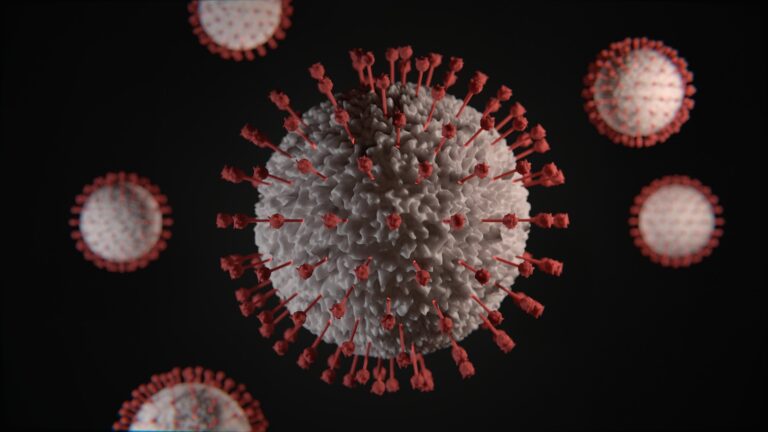Yeast infections are a common problem, and they can cause discomfort in the vagina and on the penis. Wearing a condom can reduce the chances of infection, and over-the-counter treatments usually clear up yeast overgrowth. Preventative measures like probiotics and avoiding sugary foods can also help.
Yeast infections can be spread through sexual activity, as friction from sex upsets the normal bacteria of the vulva or penis. This can make urination and sex more painful, and increase the risk of pregnancy or an STI.
Symptoms
Most yeast infections cause itching in the vaginal area and vulva. In extreme cases, itching can lead to sores or fissures on the labia and vulva. Yeast infections can also cause a cottage-cheese-like white discharge. It’s possible to treat most yeast infections in a few days with over-the-counter antifungal medications such as Monistat. However, recurrent or severe yeast infections may require prescription medication like fluconazole (Diflucan).
Candida albicans, which is the fungus that causes yeast infections, is normally present in the vagina and mouth in small numbers. But, when something throws the balance of bacteria and Candida off course—such as too much lubricant or antibiotics, anal sex, a new partner, or oral sex—it can overgrow, leading to symptoms like itching, a runny vulva, a rash, a nipple ache, and a cottage-cheese-like discharge.
Yeast infections are common in women, and it is estimated that 3 out of 4 women will get them at some point in their lives. But, it isn’t a sexually transmitted infection (STI). Yeast infections can also occur in men, but they usually affect the penis instead of the vulva. Yeast infections can be caused by a wide variety of factors, including a weakened immune system due to chronic medical conditions or cancer treatment, diabetes, or pregnancy. It is also more likely to occur if you have a history of vaginal or oral herpes, or if you take birth control pills that can affect the pH balance in the vulva.
Diagnosis
Small amounts of yeast (called Candida) naturally live in a healthy person’s mouth, digestive tract, and vagina. But stress, pregnancy, and illnesses that interfere with the immune system can let the yeast grow too much and cause infection. Symptoms include a rash, white discharge, itching, or pain with urinating and sex. Sometimes these infections can be confused with other problems, such as a bladder or urinary tract infection (UTI). That’s why it’s important to see a doctor or gynecologist when you have symptoms.
A Yeast infection is not an STD, but sexual contact can change the natural bacteria of the genitals. This can let the fungus that causes yeast overgrow, leading to infection. It’s also possible to get a yeast infection from using douching or vaginal sprays that disrupt the balance of bacteria.
Yeast infections happen most often in women, but men can also have them. They’re not usually painful, but a woman might have a thick, clumpy, or odorless white discharge in and around the vagina. It’s a good idea to use barrier methods, such as condoms, when having sex until you have treatment for a yeast infection. For a yeast infection that won’t go away, your doctor may prescribe over-the-counter antifungal creams, ointments, or suppositories with clotrimazole or miconazole. Or, he or she might give you oral antibiotics.
Treatment
A yeast infection develops when a fungus called Candida albicans grows out of control in the vagina or penis. A symptom is a whitish-yellowish vaginal discharge, which can be chunky and resemble cottage cheese. Another symptom is pain when you pee, because the urethra (the tube that carries urine from the body) gets inflamed too.
Yeast infections are common in women and can happen at any time. But they’re more likely to happen after you have sex, because sexual activity disrupts the bacterial balance that usually prevents an overgrowth of the fungus. It’s also more common in women who take antibiotics or are pregnant because these medications change the environment of the vagina, making it more welcoming for the fungus to grow.
You can treat a yeast infection with over-the-counter antifungal creams or ointments such as Lotrimin (clotrimazole) and Monistat (miconazole). But because these treatments can weaken latex condoms and diaphragms, use them only when you’re not having sex. And if your symptoms don’t go away after seven days, talk to your doctor.
You may need to use prescription oral medicine such as fluconazole (Diflucan) or ibrexafungerp (Brexafemme). A doctor can also advise you by phone or video chat about which treatments are best for you and how often you should take them. Yeast infections are not a sexually transmitted disease, but you can get them more easily if your partner has one too.
Prevention
A yeast infection is not an STI, but it can occur after sexual intercourse. Penetrative sex disturbs the natural ecosystem of the vagina or penis and can cause an overgrowth of fungi that result in yeast infections. This is more common in women, and up to 75% of females will experience a vaginal yeast infection at some point during their lives.
The good news is that yeast infections are not contagious and are easily treatable. Most people can find over-the-counter antifungal creams, ointments or suppositories that contain clotrimazole or miconazole at their local drug store without a prescription. These treatments will usually clear up a yeast infection within a week. If the symptoms are severe, a doctor may recommend oral antibiotics or stronger antifungal suppositories.
Other causes of a yeast infection can include tight clothing that restricts airflow in the genital area, using perfumed feminine hygiene products or douching (although this can actually make the situation worse). Some women will get a yeast infection during menstruation because of hormone fluctuations and changes in the vaginal skin. Others are more susceptible to Yeast infections due to pre-existing medical conditions such as diabetes or HIV-related illnesses.
To prevent a yeast infection, it is recommended to wear loose-fitting underwear in the genital area, avoid tight panty hose or pants and use cotton-crotch panty hose to increase breathability. It is also a good idea to use condoms and dental dams during sexual activity, as these can help protect against an overgrowth of Yeast.
See Also:






